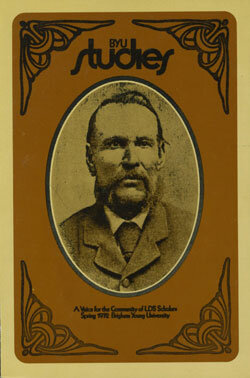Nightfall at Nauvoo
Review
-
By
Neal E. Lambert,
In this latest of several books based on the Mormon experience, Samuel Taylor has perhaps aspired higher than in any of his previous efforts. His purpose is to tell the unique story of Nauvoo, Illinois—how it “started from scratch, quickly became the largest city in Illinois—about four times the size of Chicago—and then was abandoned as the population moved out and headed across the plains toward the Salt Lake Valley.” It is a story the outline of which most of us know. But Mr. Taylor brings a special purpose to his effort. His intent is to transcend the limits of what he calls “nit-picking detail” to get at and render the significant human experiences of those involved in this epoch of American history:
The historian is concerned with fact—who, what, where, when, how. A writer has to know why. A profound difference of method is in perspective. The historian’s viewpoint is like that of the gooneybird, which flies backwards because it doesn’t care where it’s going but only where it’s been. He interprets events at Nauvoo in light of what subsequently happened. As a writer I couldn’t look ahead, any more than the people I met on the streets of Nauvoo could forsee the future, not a month, not a day, or an hour. I couldn’t judge events any more than they could by what hadn’t yet happened. I wasn’t looking back at Nauvoo; I was there. . . . . My research was not for proof or for fact, but for essential truth. . . . and this is what I prize above all.
Notes
- Frederick Granger Williams of the First Presidency of the Church
- The Latter-day Saint Mission to India: 1851–1856
- Managing Conflict in the Restored Church
Articles
- A Non-Mormon View of the Birth of Mormonism in Ohio
- Notes on “Lehi’s Travels”
- Solomon Chamberlain—Early Missionary
- The Death Date of Lucy Mack Smith: 8 July 1775–14 May 1856
Documents
- The Mantle, a poem and sculpture
Creative Art
- Name Index to the Library of Congress Collection of Mormon Diaries
- To the Glory of God: Mormon Essays on Great Issues
- William Spry: Man of Firmness, Governor of Utah
- Joseph Smith’s New England Heritage
- The Quest for America
- Nightfall at Nauvoo
Reviews
- Pro-Mormon Drama
Notes and Comments
- Mormon Bibliography 1971
Bibliographies
Purchase this Issue
Share This Article With Someone
Share This Article With Someone


